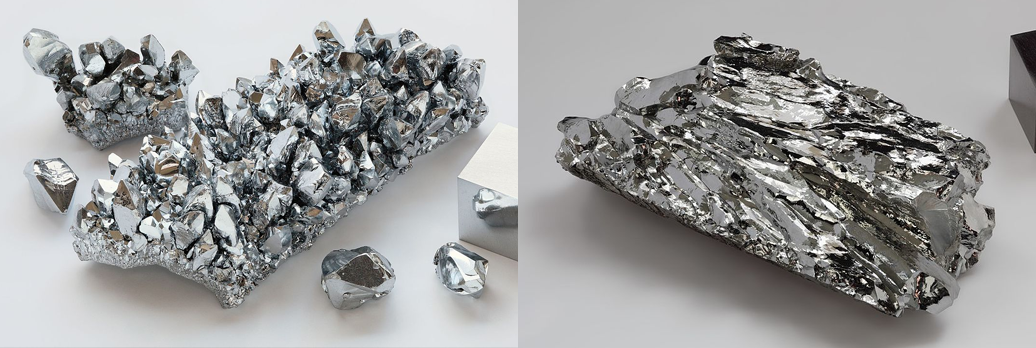We’ve all heard of Rosie the Riveter, but what about Winnie the Welder? In the 1940s, when the U.S. became involved in WWII after Pearl Harbor, thousands of able-bodied men left their welding jobs to head across the sea. But ships, vehicles and other factory items still needed to be built, now more than ever. With so many jobs open and needing to be filled, the women of America stepped up to the plate to prove themselves.
Two years after Pearl Harbor, sixteen million American women were employed, making up more than half of the total workforce. A quarter of these women worked specifically in the war industry. At the time, no one could beat the wages shipyards were offering, especially with so many jobs to fill. The United States was still recovering from the Great Depression, so women as young as eighteen joined the welding ranks. Their motivations varied. For some, it was a good job to help put food on the table. For others, it was a mission to do everything they could to help their brothers, fathers and sons that were fighting overseas. They fabricated everything from ships to submarines. By the end of the war, women were making up one third of the construction force for B-29 bombers.
The first women in shipyards did small jobs like scaling or tacking. But soon enough, women began making up a larger chunk of the workforce and taking on more responsibilities. One of these women was Zaddie Johnson, who became the leader of her own welding crew in Mobile, Alabama. Her efforts helped the United States to produce one battle-ready ship every single day. Like most women, she went back to work in the home full-time after the war, but she never stopped doing welding projects around the house.
Another female welder of WWII was Florence “Woo Woo” DiTullio Joyce. Like everyone else, she wore the coveralls, the steel-toed boots, and the helmet. But unlike everyone else, she was only eighteen when she was employed as the very first female shipbuilder at Fore River Shipyard. She got her fair share of attention from the other welders: “Woo Woo” was her nickname because of all the catcalls directed at her. Joyce first started welding because she thought it would be something “fascinating,” and didn’t worry about the fact that she was making serious waves in the industry.
There was even a sort of pageant for the female welders of WWII, but instead of bathing suits and lousy speeches, it was all about the weld. The contest was based on speed, workmanship, and quality. In 1944, Vera Anderson (far right, next to the official) trounced the competition. She was nineteen and working in Pascagoula when she won the title of “World’s Champion Welder.” Her prize? $350 in war bonds and a meeting with Mrs. Roosevelt in the White House.
We tend to forget the legacy welding has made and the impact it’s had on the history of the world. The role these brave women played when millions of lives were on the line cannot be measured. While many of them turned in their welding gloves after the war, their efforts have made a lasting impression. Today, more and more women are becoming a significant part of the welding force.
If you’re interested in learning more about the history of welding, check out two of our favorite posts:







